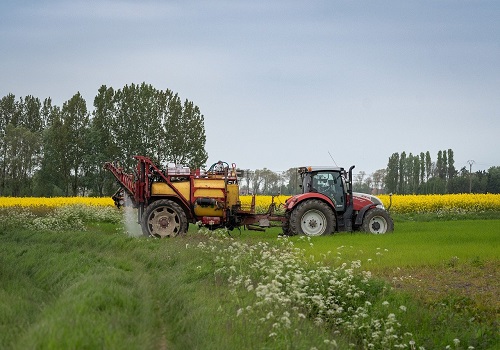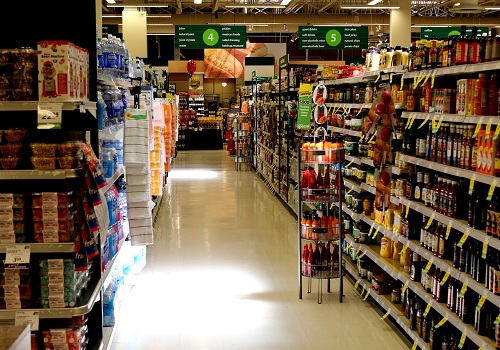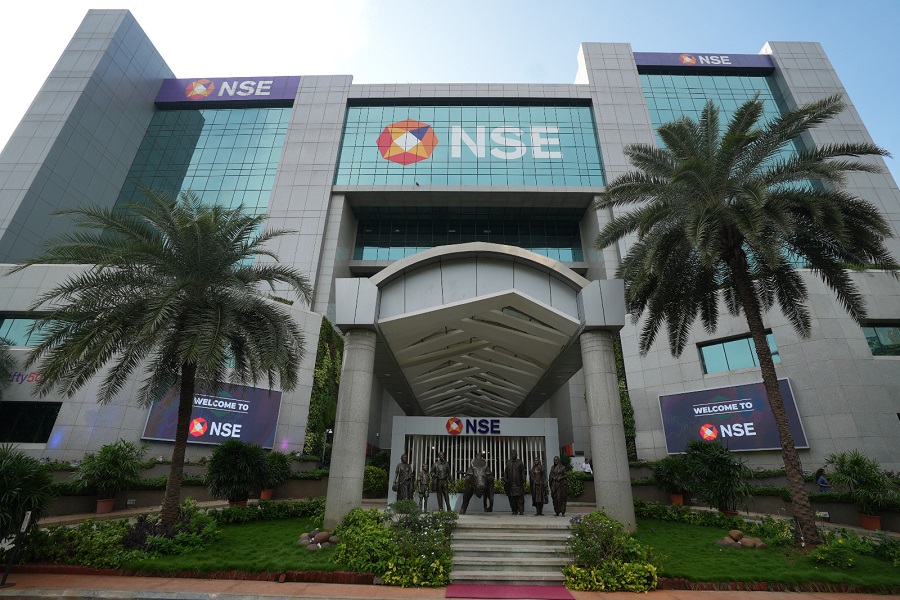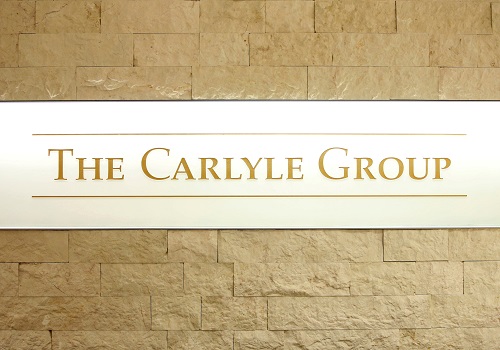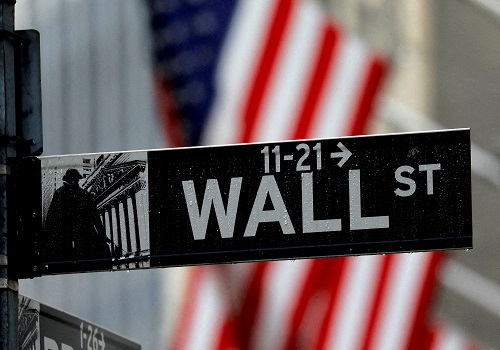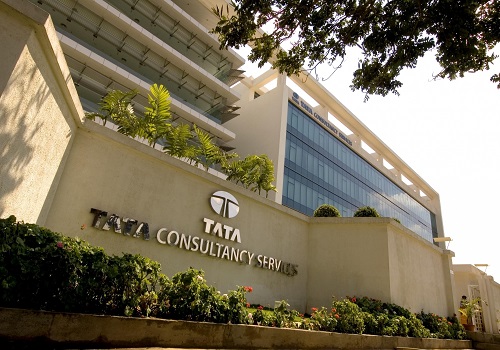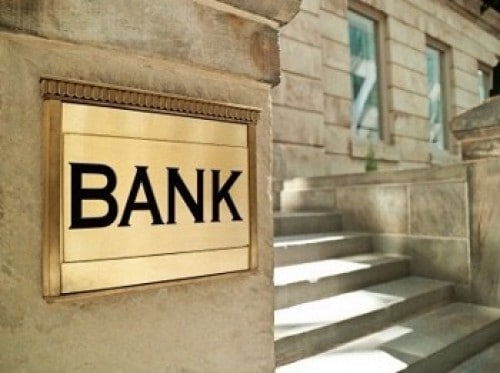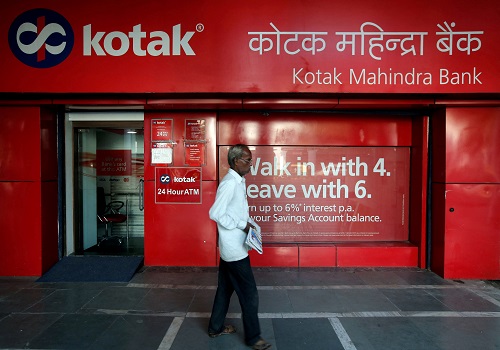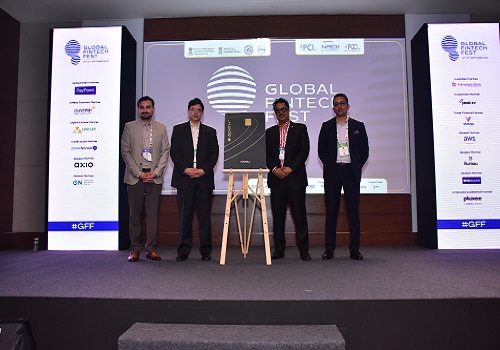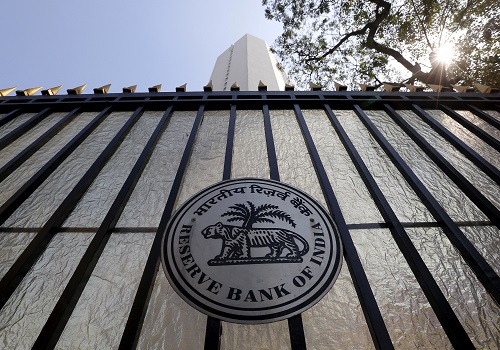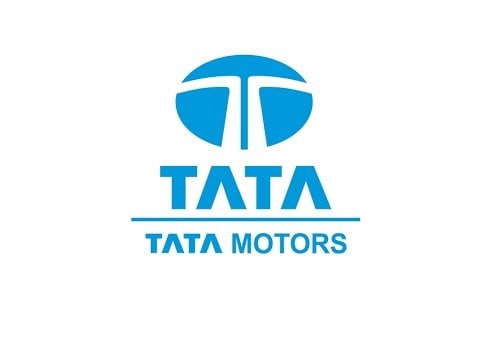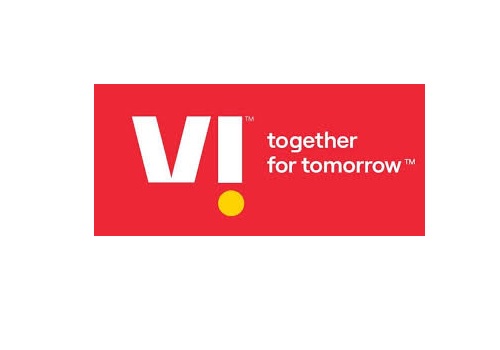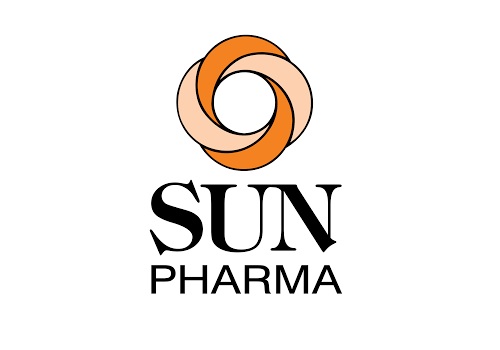Buy IDFC First Bank Ltd For Target Rs. 59 - ICICI Securities
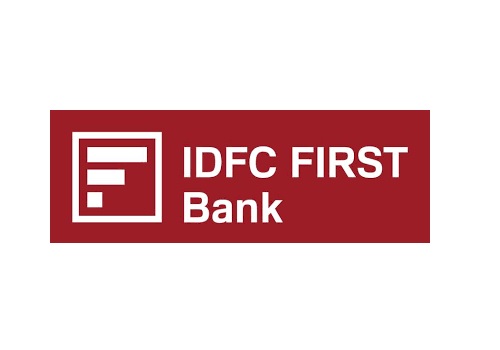
Follow us Now on Telegram ! Get daily 10 - 12 important updates on Business, Finance and Investment. Join our Telegram Channel
Positives: Superior NIMs, modest credit cost; cost efficiency key to further drive up RoAs
IDFC FIRST Bank’s (IDFCFB) Q4FY22 earnings were on expected lines with PAT growth of 22% QoQ/1.7x YoY and NII growth of 3% QoQ/36% YoY. Containment of credit cost at 120bps, superior NIM trajectory (at 6.27%, up QoQ even on elevated base of Q3), and retail asset growth of 11% QoQ/28% YoY were encouraging. This was offset by higher opex (cost to income at 77%) and MTM loss of Rs90mn. Core operating profit trajectory at Rs8.4bn (up 12% QoQ/2x YoY) gives some confidence. Overall slippages were elevated at 4.4% and retail slippages at >5%. Recoveries and aggressive write-offs reduced GNPAs QoQ by 26bps to 3.7%. Drawing comfort from gradual and consistent improvement in cheque bounce trends, collection efficiency, customer credit profile, etc., IDFCFB now guides <2% retail GNPA and <1.5% credit cost in FY23. Current RoE profile is also burdened by high cost structure, loss in retail liabilities and credit card business. Maintain BUY with revised target price of Rs59 (assigning 1.5x FY24E book, earlier Rs70). Key risk: Elevated cost structure.
Slippages at 4.4%; recoveries and write-offs aid GNPA decline: Gross slippages remained elevated at Rs14bn (4.4% run-rate) of which Rs2.5bn flowed from corporate segment. Adjusting for this, retail slippages continued at elevated run-rate of >5%. Nonetheless, upgrades and recoveries as well as aggressive write-offs supported 26bps decline in GNPA to 3.7%. Retail and commercial GNPA improved to 2.63% (vs 2.92% QoQ) while due to slippage of corporate account, corporate GNPAs inched up higher to 2.75% (vs 2.52% QoQ).
Gradual improvement in key indicators is reflected in 1) proportion of ‘new to credit’ customers in incremental bookings is down to 9% from 17% in H1CY19; 2) lending to customers with bureau score of >700 has improved to 85% from 61% in H1CY19; 3) early-bucket cheque bounce rate for urban retail is back to pre-covid level of 0.96x; 4) urban retail collection efficiency of 99.6% has surpassed pre-covid levels. Bank is confident to continue the downward trajectory in retail NPA to reach its near 10-year long-term GNPA and NNPA levels of 2% and 1%, respectively. Overall, we are building in GNPA to fall to 3.2% for FY23E and 2.9% for FY24E
Credit cost contained at 1.2% in Q4FY22 (2.5% for FY22); guides for <1.5% in FY23:Credit cost came below our estimate at Rs3.7bn (down 36% YoY/6% QoQ) equivalent to annualised run-rate of 120bps. Through the fiscal, credit cost trajectory in absolute terms has been declining (Rs4.75bn/Rs3.92bn/Rs3.69bn in Q2/Q3/Q4). The bank has not utilised the covid provision of Rs1.65bn. Coverage on retail/commercial loans was 69.6% (including technical write-offs), on non-infra corporate book at 94.5% and on infra book at 51.7%. Overall for FY22, credit cost stood at 2.5% of average funded assets. Based on improved performance indicators, it reiterated its credit cost guidance for FY23 of <1.5%.We are building-in 2.0%/2.0% credit cost for FY23E/FY24E, respectively.
Telecom account: Bank guarantees released, now only funded exposure of Rs5bn: Also, developments in telecom sector have been positive for the bank with release of spectrum related bank guarantees of Rs21bn (including Rs12.5bn of Vodafone Idea). In Q3FY22, it received Rs20bn towards redemption of bonds of Vodafone Idea but had taken incremental loan exposure of Rs5bn. With this, exposure to Vodafone Idea is now limited to Rs5bn (earlier cumulative funded and non-funded exposure was >Rs30bn).
Funded assets up 8% QoQ / 13% YoY driven by Retail: Total funded assets grew 8.0% QoQ and 12.7% YoY to Rs1.32trn. Retail loan book grew 11% QoQ / 28% YoY primarily driven by home loans, which were up 18% QoQ / 52% YoY followed by consumer loans at 10% QoQ / 25% YoY and LAP at 4% QoQ / 10% YoY. Commercial loan book increased 11% QoQ / 15% YoY to Rs116bn constituting 9% of funded assets. Bank has also recently launched gold loans, primarily targeted at rural customers, and credit cards with variants offering lifetime free, dynamic interest rates, highly rewarding programmes, interest-free cash withdrawal, etc. Bank has over 0.7mn credit cards in force with portfolio outstanding of Rs20.0bn, which was up 21% QoQ. All the customers have been sourced without the use of any intermediaries
Retail loan book is well diversified – LAP constitute 22%, consumer loans at 21% and home loans at 17%. Wholesale book was up by 1% QoQ, but down 12% YoY with infra segment down 36% YoY. Management highlighted it is now comfortable with non-infra corporate loans and will grow this portfolio hereon. However, it will continue to run down the legacy infra book. Overall, bank expects loan book to grow at ~20-25% on a sustainable basis for the foreseeable future. We are building in credit growth of 20%/20% for FY23E/FY24E respectively.
Superior NIM trajectory at 6.27% for Q4FY22 (~6% for FY22): NIM surprised positively improving further to 6.27% for Q4FY22 (vs 6.2%/5.76%/5.51% in Q3/Q2/Q1FY22). Q3FY22 had benefit of 28bps from earlier period interest recognition on telecom account. Nonetheless, Q4FY22 NIMs were still better than Q3FY22 elevated base. Rising retail mix and unwinding of excess liquidity with average LCR at 136% (vs. 149% / 174% in Q3 / Q2FY22) provided support to NIMs. On the contrary, bank has now inched up SA rates by 100bps in Q4FY22 that would weigh some pressure on deposits going forward. Overall, the management has guided that margins are likely to remain above 6% for FY23.
Cost structure elevated; operating efficiency is key to drive RoAs: Bank has actively invested in people, processes, products, infrastructure and technology for a long-term sustainable growth engine. However, this has come at a cost, and the cost structure hovers much higher compared to peers. Operating cost was up 24% YoY / 4% QoQ for Q4FY22 and for FY22 as a whole was up 36%. Increased loan origination cost, higher digital transaction cost and setting up cost for credit card led to elevated cost-to-income (C/I) ratio at 76% in Q4FY22 and 75% for FY22. Management articulated that through FY23-FY25, a sizeable reduction should be visible in the ratio as operating efficiency kicks in. Cost efficiency and containment will be key RoA drivers going forward. Overall, we are expecting C/I ratio at 70%/67% for FY23E/FY24E, respectively.
Drag on profitability to gradually descend, thereby aiding PAT and RoE: Bank is carrying Rs252bn of legacy high-cost borrowings with residual average maturity of 1.9 years, which is currently dragging earnings by Rs2.5bn every quarter. As and when legacy borrowings mature and are replaced by incremental low-cost deposits, this drag will gradually diminish.
Also, IDFCFB earning is dragged by Rs5bn every quarter due to: (a) legacy highcost liabilities, (b) retail branch/ ATM/ liabilities set up expenses, and (c) set up of credit cards. Drag is reducing every quarter and management expects the drag caused by these three factors to be largely eliminated by FY25. As negative carry on this gets addressed gradually, we expect the bank to improve its profitability and RoEs going forward. We are building in RoE of 8%/11% for FY23E/FY24E respectively.
Progress on guidance given for FY24-FY25: Bank has already exceeded its CASA target, which currently stands at 48.4% (vs target of 30%). Investment in franchise would continue and, from the current network of 641 branches, it aims to reach 800-900 branches, if required. With retail/commercial portfolio scaling to Rs837bn (63% of funded assets), IDFCFB is well on track to achieve Rs1trn target (70% of funded assets). Top-10 borrowers as a % of total funded assets is now down to 3.7%, less than its guidance of <5%. GNPA is still hovering high at 3.70% vs its target of 2.0-2.5% for FY24-FY25, while NNPA is 1.53% vs its target of 1.0- 1.2%. Key metric to watch for RoE improvement would be cost to income which stands at 76% as of Q4FY22 and bank is targeting it to reach 55% by FY25. Eventually, as retail becomes a dominant part of the portfolio, with these metrics IDFCFB is aiming at 13-15% RoE for FY24-FY25 as against 6.7% in Q3FY22.
To Read Complete Report & Disclaimer Click Here
For More ICICI Securities Disclaimer https://www.icicisecurities.com/AboutUs.aspx?About=7
Above views are of the author and not of the website kindly read disclaimer







